A lot of my Constituents have expressed their Concerns over the Amount of Information I divulge here on the Thailand Hemp Farms Website. I apologize to them, yet it is my Personal Goal here to see all Thai People and Thailand be successful in growing Ganja and Ganjong (กัญชา) .
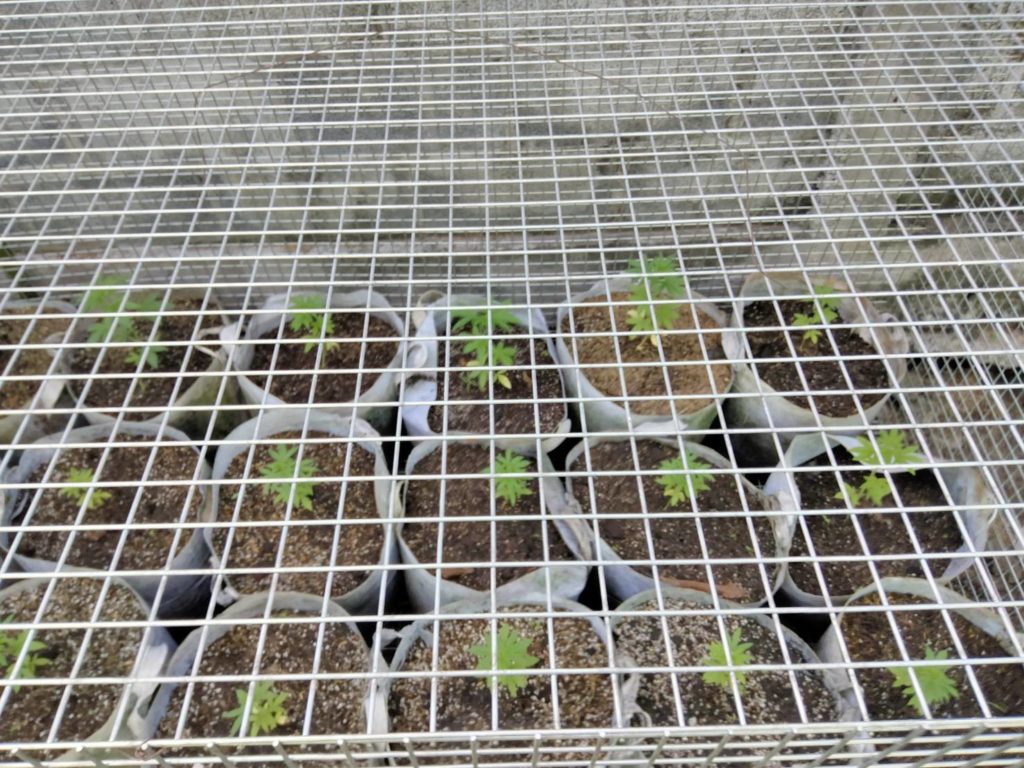
Beside their concerns will all be dissuaded once the recent Licensees actually attempt to grow for CBD. It will be years before anyone actually competes with us. Growing Hemp for Flower is not an easy task. There will only be a few of us growing for Flower. The Rest will be growing for Grain. However this requires a specific License as well. The Universities have teams of workers and their main Focus is upon THC containing Flower.
At first, it’s hard to understand why it’s worth the time and effort to carefully transplant and Harden Off your plants from North America or the United Kingdom for outdoor growing. We all need to understand that The Thai Government has relegated us all to acquiring seeds from Licensed Importers here that get their Seeds from North America typically.
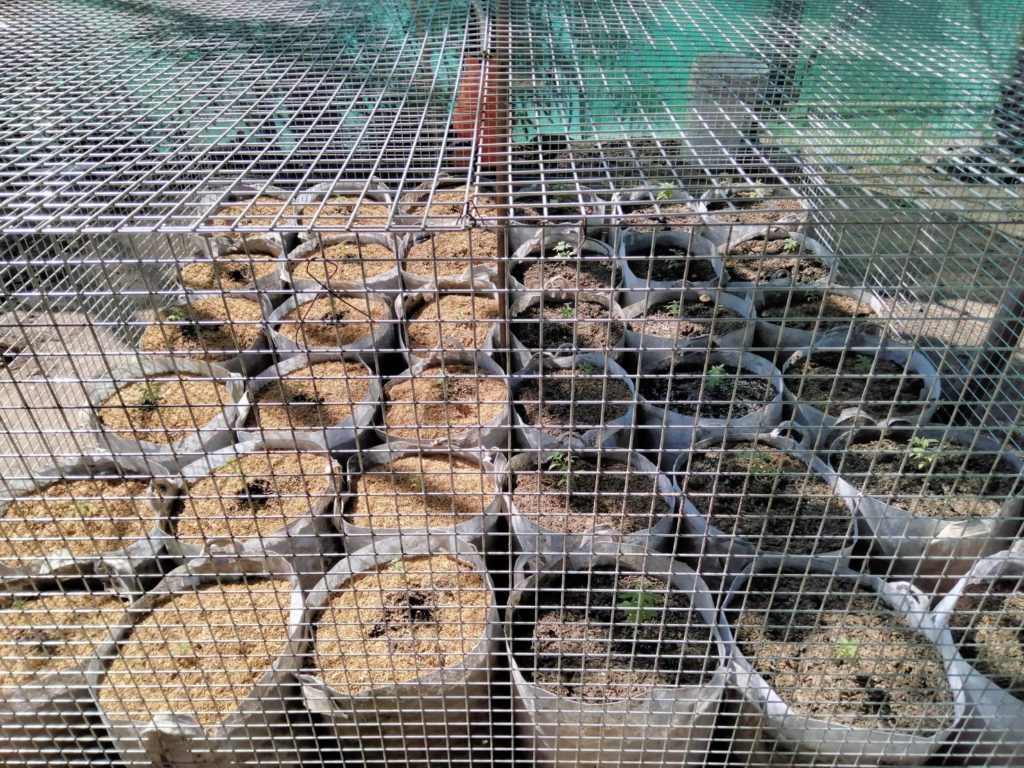
Mind you that these Strains were all Developed and Grown previously in average 16 Celsius temperatures. Now here in Thailand we have average temperatures of 32 Celsius. So one needs to prepare these Strains to grow in Thailand. When they’re eventually the size of trees boating colossal buds, it should be obvious to you why this is important.
Keep all of nature’s elements in mind when hardening off your plants for the outdoors, whether they’re growing above ground in a container or buried in the ground. In addition to intense sunlight, high winds, heavy rain and humidity, young cannabis plants also face another challenge outdoors, in the form of pest and pathogens. Here in Thailand we have a Lot of Spider Mites. They Love the Rice and they really Love Cannabis Flower!!
While the use of organic fertilizers will certainly help to support the development of strong and healthy plants, Chitosan can keep pathogens at bay by activating the plants’ systemic acquired resistance (SAR). Similar to an immune response in humans, the SAR reaction helps to ward off garden pests and pathogens, organically. Additionally, the application of Chitosan as a Foliar spray or root drench has been shown to increase the production of Flavoniods, Terpenoids and Cannabinoids in your Plants for an impressive yield.
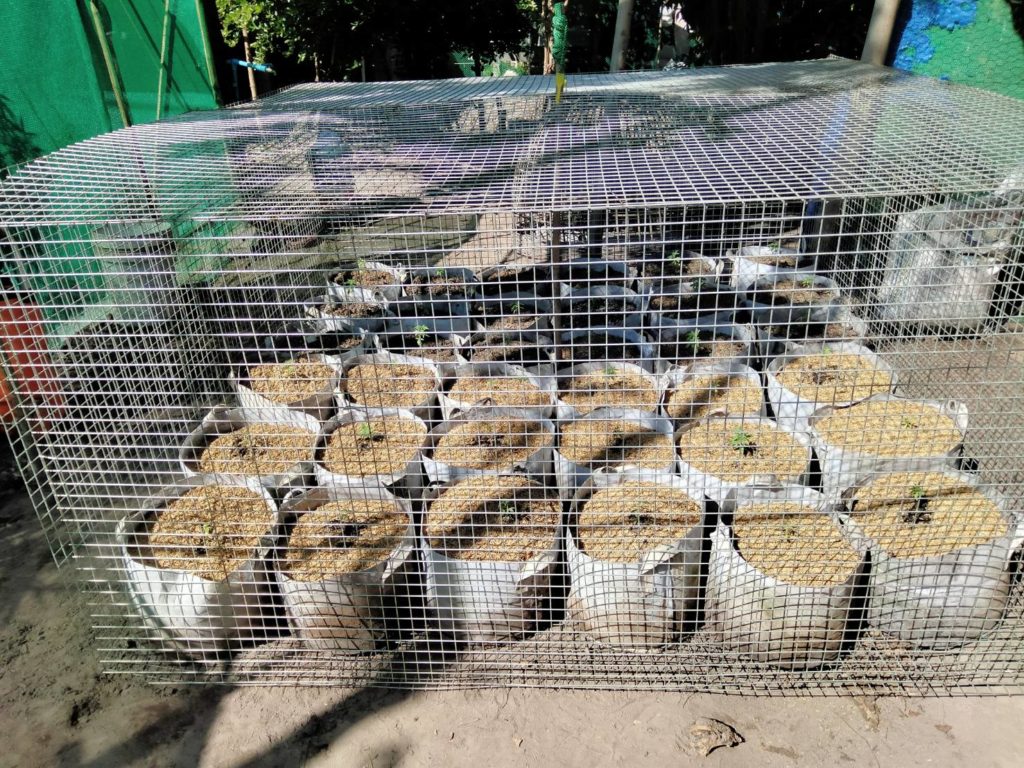
Chitosan is a:
Plant Defense Activator
Chitosan acts by triggering various physiological and morphological responses within the plant that result in natural defense mechanisms. A significant characteristic of plant defense activators is that they can help to reduce the amount of crop protection chemicals applied to crops.
Chitosan is a natural plant defense activator derived from deacetylation of Chitin, a compound readily available from shellfish waste from food processing. The Chitosan molecule stimulates plant immunity against pathogens.
Chitosan in Agriculture
Due to its antibacterial and antifugal properties, Chitosan is successfully used in plant protection, as elicitor, growth promoter, enhancer of secondary metabolites production, and in soil correction. Application can be done by different ways : in the Seed, in the Soil or by Foliar spraying. Foliar is the Fastest application and response.
Elicitor
Chitosan induces defense reaction in some plants, thereby increasing their responses against pathogens attack. Chitin and Chitosan are used as elicitors for inducing phytoalexin accumulation in plant tissue culture, Phytoalexins produced act as toxins to the attacking organism. Something you want.
Seed Coating
One of the most important bioactivity of chitin and chitosan on plants is stimulation of seed germination. Chitosan coating alters permeability of the seed plasma membrane, increasing not only the concentrations of sugars and Proline, but also enzymes activities. Germination rates increases significantly and seedlings germinate quicker, better and vigorously. I mix a bit of Chitosan with Mycorrhiza and coat your seeds prior to putting into the Medium.
Plants Growth Promoter
Chitosan application is strongly effective on the growth and yield of Cannabis. It also has a significant effect on growth rates of roots, shoots and flowering.
Bionematicide
Chitosan application in soil is effective to kill nematodes. It acts by inducing proliferation of chitinolytic microorganisms destroying the cuticle of nematodes and their eggs.
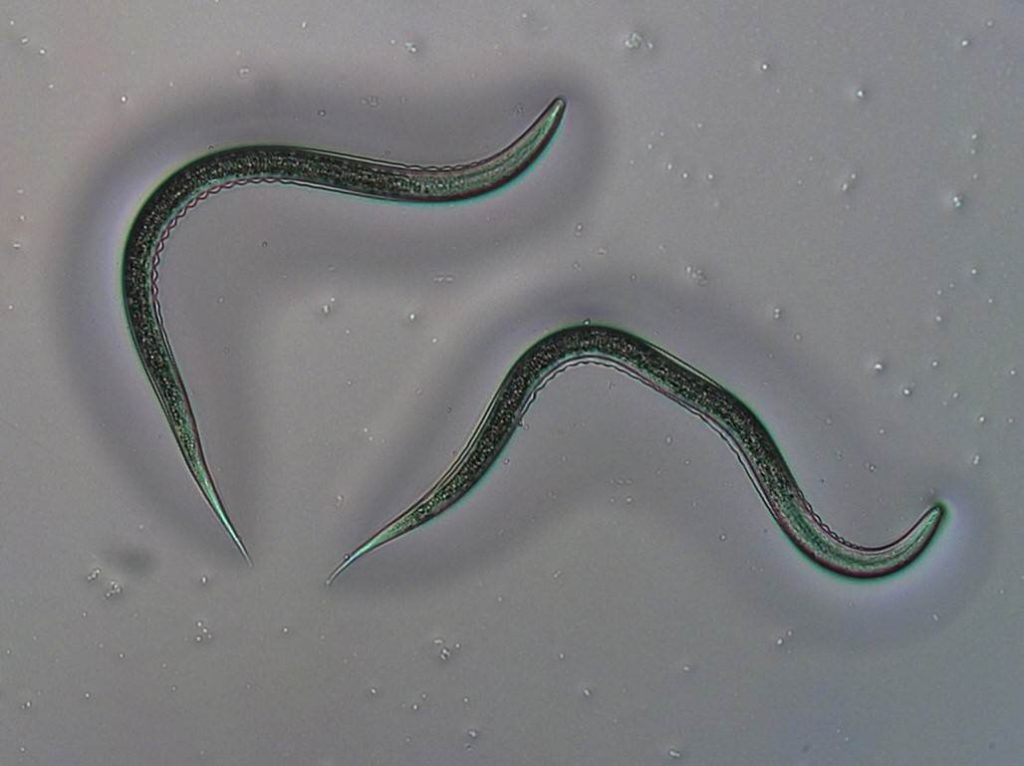
Fertilizer
Chitosan acts as a potent fertilizer due to its high concentration in nitrogen.
Leaf coating
Foliar application of chitosan reduces transpiration of plant by inducing closure of plant Stomata. (see blog)
When you apply any Nutrient or Supplement Foliarly it bypasses the Zylem and Phloem and will act faster. (doesn’t Travel Through the Plant.) Some nutrients are “Immobile” thus in some cases a “Foliar” application is necessary.
Xylem and phloem:
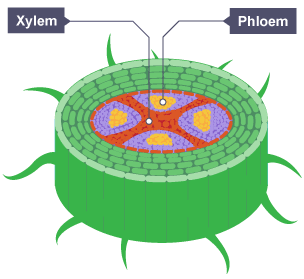
Plants have tissues to transport water, nutrients and minerals.
The Xylem transports water and mineral salts from the roots up to other parts of the plant, while The Phloem transports sucrose and amino acids between the leaves and other parts of the plant.
Preparation is Key
Your crop’s distance from the equator and weather are two key factors that will determine how successful your outdoor cannabis grow will be. Here in our Location on the Planet I adjust the Photo period on my Farms, thus increasing yields. We have here 12 hours of Daylight and 12 hours of Darkness typically year round. This will cause your Plants to go into the Flowering Stage almost Immediately if you do not keep them in a “vegetative” state of growth longer than usual. I use additional Lighting that is on Timers, to add 4 more Hours of Light every day.
Typical Root Balls are not that large. Now the Size of your Grow Container will affect the Size of your Plant usually. Now I have grown Plants that have gone over 3 meters in Height using 28 Liter Pots. It is good to Lift them up and feel if they need water, When they get big like this I usually water 2 times per day. Now again you must know your soil as you can Drown your plants.
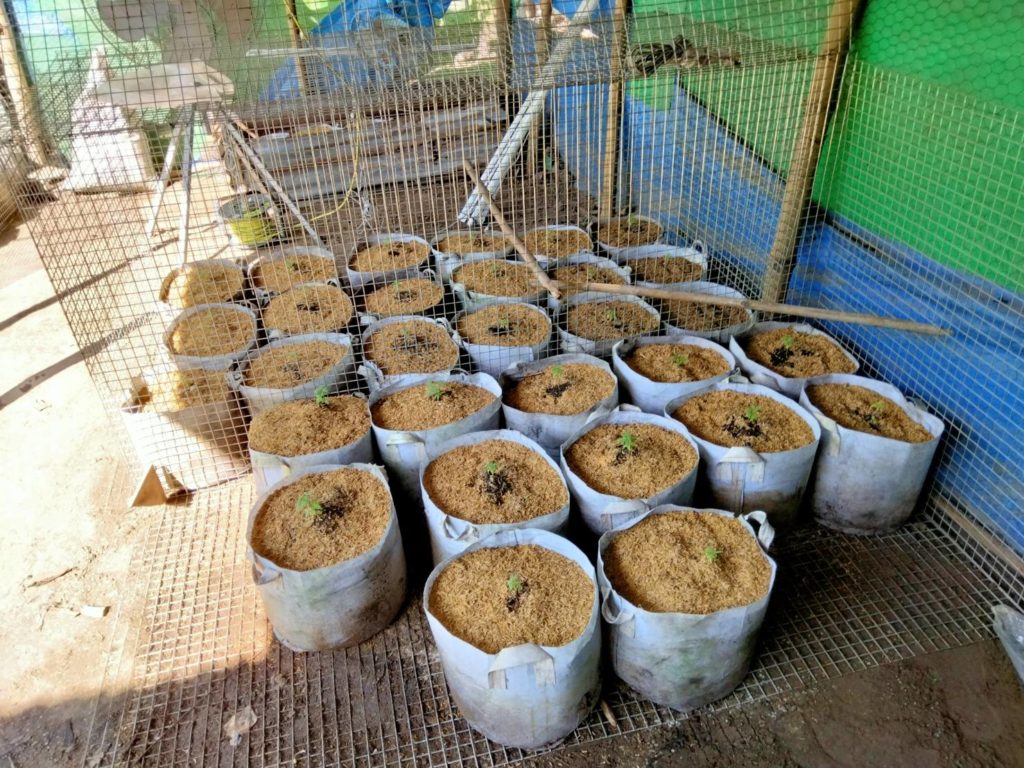
Also knowing the potential height of the Cannabis strain you’re planning to grow, as well as whether you’re growing in the ground or containers is also helpful. Do your research ahead of time.
Transplanting your cannabis seedlings can either have a detrimental effect on the growth and development of your plant or a substantially positive one. While the act of moving your plant from one home to another poses a great risk for root damage and agitation, a properly executed transplant can lead to stronger root development and impressive flower production.
I started these seeds outside. I put them gradually into the Sun 2 hrs a day. Then 4, then 6 and now they are in the Sun most of the Day. A lot died. I am a Professional Grower and I lost a few. So I know that most will have a hard time so take it slowly. Keep them Moist and as cool as possible. When they are small it is good to have them in the shade most of the time.
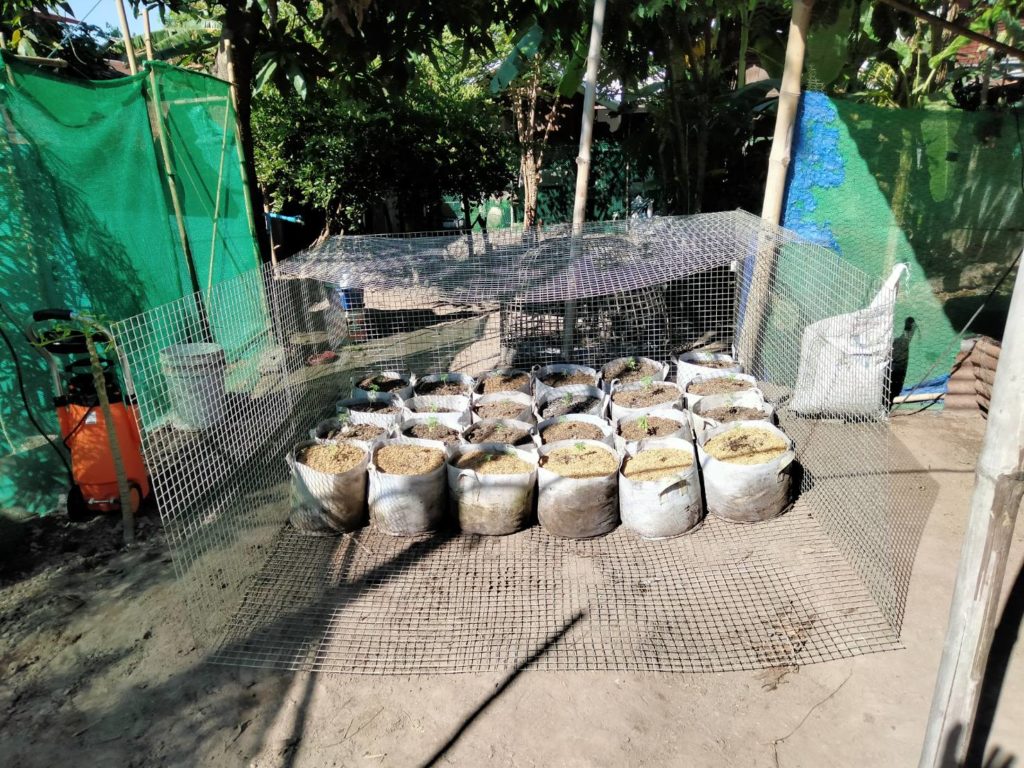
Do Not over water, or over Fertilize. This is the most common mistake I see. The Plants know what they need. Less is more. Follow the “Soil Guide” above Top Right Link. I “Tweak” my Soil Mix a bit. Regardless of your “Mix” when you add water it is good that it disappears almost immediately. Standing Water means your Mix does not have enough Drainage and the Roots cannot grow as fast as they like and their access to Oxygen is also limited.
Always use a Transplant Solution, watch the recent Videos I put up. Use the Biodegradable Grow Pots. Disturbing the Roots will cause you to lose Grow time. Using Degradable Grow Pots to start your seeds in I highly Recommend.
This way you will avoid a lot of Transplant Shock. I have hardened off these plants you see here. They are in Cages to protect them from the Animals, also at night a Netting Cover is placed over them in case it rains. Each cage contained 18 Pots. There are more than a few cages, to much to show here. I hope you get the Idea.
Kevin


